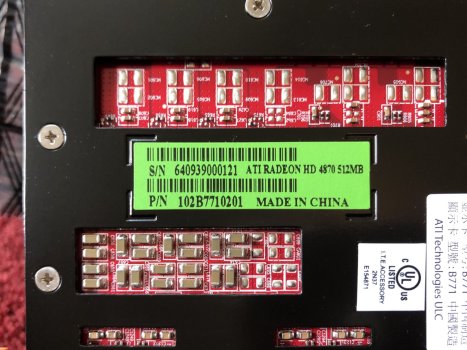A Boot Coup is when an unexpected and/or undesirable item takes over your boot process. In your case here, OpenCore is an undesirable item as it has been set up by the OCLP in a way that cannot load the only Mac OS instance you have as well as to execute a boot coup, if it is not the configured boot target, every time OpenCore is started.
Reseting your NVRAM, deep or shallow, will not help in your case as after such a reset, your Mac will execute an "undefined boot target" startup given that the defined boot target would have been erased by the NVRAM reset.
On such starts of your Mac, the first legitimate EFI loader found, after following a defined search pattern, will be booted. In your case, this will be the OpenCore instance in the ESP of the HiSierra disk. As mentioned earlier, OpenCore is set up by the OCLP to establish boot coup conditions every time it is started ... Catch 22!
Your issue is not with the version of OpenCore but how OpenCore has been configured by the OCLP. You do need another computer in your specific case but what you want to do is to only use this to mount the ESP on that HiSierra disk and to delete all the OpenCore files.
After the deletion, reconnect the disk to the original Mac and then execute an NVRAM Reset to load HiSierra. After HiSierra is loaded, go into System Preferences, select the HiSierra disk and restart using the button there.
Reattaching the disk after the deletion and simply rebooting without an NVRAM Reset will work but the OCLP's "Boot Coup" variable will still be in your NVRAM waiting to detect any presence of OpenCore, regardless of origin or configuration setting, to spring into action. You need the reset to remove the variable and this time, with the OpenCore files deleted, there will be no OCLP configured OpenCore present to immediately execute a boot coup when you start your Mac.
You can then reinstall OpenCore and you need to put OpenCore on a disk that does not hold the supported Mac OS you rely on to boot into if things go bad. In this way, to fix things in such a case, you can just disconnect the disk with OpenCore. So, either a USB stick or another disk in the Mac that only holds data or that holds another Mac OS (or other OS) ... just not your natively supported "fallback" Mac OS.
As it appears that you only have HiSierra in place, I would say the OCLP is not the best choice for installing OpenCore but if you prefer this, then you definitely want to put OpenCore on a USB stick that can easily be detached. You can then install stuff that work with the OCLP ... basically Big Sur and newer.
If you need to boot into HiSierra after installing OpenCore, especially if you want to do this via OpenCore, then I would recommend avoiding the OCLP altogether and that you look into alternatives. One alternative, MyBootMgr (linked in my signature), gives the following options:
- RefindPlus Boot (Officially Supported and Next)
- MP31: Leopard 10.5 to Sierra 10.12
- MP41: Snow Leopard 10.6 to Sierra 10.12
- MP51: Snow Leopard 10.6 to Catalina 10.15
- OpenCore Boot (Monterey and Older)
- MP31: Leopard 10.5 to Monterey 12.x
- MP41: Snow Leopard 10.6 to Monterey 12.x
- MP51: Snow Leopard 10.6 to Monterey 12.x
So basically, it will set things up such that you can trivially boot any Mac OS version from Monterey to whatever your cMP was originally released with. You can either do this via RefindPlus or via one of the OpenCore instances MyBootMgr creates.
If you want to roll the dice on Ventura, you can "defang" an OCLP instance and incorporate this. Defanging an OCLP instance means disabling the OpenCore "Boot Coup" variable the OCLP activates but note that this variable can actually be beneficial for those that only just want to run what the OCLP supports.
Other good options to implement OpenCore exist of course.
Every option has some quirks that you will need to bear in mind.
The main ones for the OCLP are the boot coup thing and the coverage level.



